Welcome to our latest article on satellite TV broadcasting, where we will explore the fascinating world of broadcasting technology and the evolution of satellite TV. Satellite TV broadcasting is a service that delivers television programming to viewers by relaying it from a communications satellite orbiting the Earth directly to the viewer’s location. This technology has revolutionized the way television is delivered and has undergone significant advancements over the years.
Today, satellite TV systems utilize digital signals, enabling high-definition television and providing viewers with superior picture and sound quality. However, the path to digital broadcasting has not been without its challenges. Satellite TV has faced competition from internet-based streaming services and over-the-air television, which have emerged as alternative options for accessing television content. Nevertheless, satellite TV broadcasting continues to play a crucial role in global communication and entertainment.
In the following sections, we will delve deeper into the technology behind satellite TV, explore the different types of satellite TV services available, examine the role of satellites in broadcasting, discuss the evolution of television technology, and conclude with insights into the future of satellite TV.
How Satellite TV Technology Works
Satellite TV technology operates by transmitting television signals from a communications satellite in a geostationary orbit above the Earth. The satellite dish, also known as a parabolic antenna, receives the signals and passes them on to the satellite receiver. The receiver decodes the signals and outputs them to a television set. The signals are transmitted on specific frequency bands, such as the X band or Ku band, and can be received with a small dish less than a meter in diameter.
Early satellite TV systems used analog signals, but modern systems use digital signals for improved spectral efficiency and compatibility with high-definition television. The conversion from analog to digital has allowed for higher-quality video and audio transmission, providing viewers with a more immersive entertainment experience. Digital signals offer better resistance to signal degradation, resulting in clearer and more reliable reception compared to analog signals. Satellite TV technology has continuously evolved to meet the demands of consumers and adapt to advancements in broadcasting technology.
The Satellite Dish and Receiver
The satellite dish plays a crucial role in capturing the signals transmitted by the satellite. It is designed to focus the signals onto the receiver for proper decoding and processing. The size of the dish is determined by factors such as the satellite’s location, the desired signal strength, and the intended use (residential or commercial). A smaller dish can still receive signals effectively, but a larger dish may be required in areas with weaker signals or for specialized applications.
The satellite receiver is responsible for decoding the received signals and converting them into a format that can be displayed on a television screen. It acts as an interface between the satellite dish and the television set, allowing viewers to access and enjoy the broadcasted content. Receivers can include additional features such as channel guides, DVR capabilities, and internet connectivity to enhance the viewing experience.
Signal Transmission and Encryption
Signal transmission in satellite TV technology involves the broadcasting of signals from the satellite to the dish and then to the receiver. The signals are transmitted wirelessly through the atmosphere, utilizing a range of frequencies allocated for satellite communication. These frequencies are carefully selected to minimize interference and optimize signal quality.
While some satellite TV services offer free-to-air channels that can be accessed without any additional charges, others require viewers to subscribe to a pay television service. Pay television services typically encrypt their signals using various encryption methods to ensure that only authorized subscribers can access the content. Encryption helps protect the intellectual property rights of broadcasters and ensures the sustainability of the satellite TV industry.
The image above illustrates the components and technology involved in satellite TV transmission.
Types of Satellite TV Services
Satellite TV offers a variety of services and channels to cater to different viewer preferences. These services can be broadly categorized into two types: free-to-air channels and pay television.
Free-to-Air Channels
Free-to-air channels refer to transmissions that are unencrypted and accessible to viewers without any additional charges. These channels provide a range of programming options, including news, sports, entertainment, and more. By receiving these channels, viewers can enjoy a selection of content without subscribing to a paid service.
Free-to-air channels are particularly beneficial for viewers in areas where terrestrial or cable TV services may not be available. They can access these channels by installing a satellite dish and receiver, allowing them to receive signals directly from the broadcasting satellite.
Pay Television
On the other hand, pay television services require viewers to subscribe and pay a monthly fee to access a wider range of channels and premium programming. These channels are transmitted with encryption to ensure that only subscribed viewers can decrypt and view the content.
Pay television offers numerous advantages, such as a broader selection of channels, exclusive content, and enhanced picture and sound quality. It provides access to premium movies, live sporting events, international channels, and specialized programming for various interests.
The availability of free-to-air and pay television channels depends on the satellite TV provider and the location of the viewer. Some satellite TV services offer a combination of both free-to-air and pay channels, allowing viewers to choose the subscription options that suit their preferences and budget.
To summarize, satellite TV services encompass both free-to-air channels and pay television. While free-to-air channels provide accessible content without additional charges, pay television offers a wider array of channels and premium programming through a subscription-based model.
| Free-to-Air Channels | Pay Television |
|---|---|
| Unencrypted transmissions | Encrypted transmissions |
| Accessible without additional charges | Requires subscription and monthly fee |
| Varied programming options | Expanded channel selection and premium content |
| Beneficial in areas without terrestrial or cable TV | Enhanced picture and sound quality |
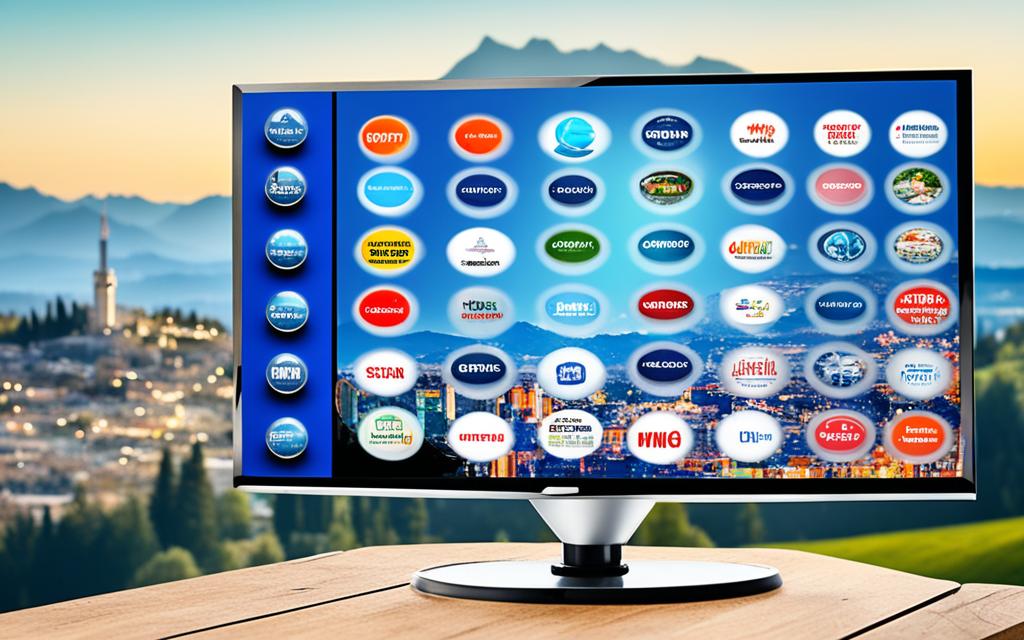
The Role of Satellites in Broadcasting
Satellites play a crucial role in satellite broadcasting. These broadcasting satellites are strategically positioned in the geostationary orbit, which allows them to remain fixed in the sky relative to the Earth. This positioning is crucial because it ensures that satellite dishes can be permanently aimed at the satellite without the need for constant tracking.
At broadcast centers, signals are transmitted to the satellites, which then rebroadcast the signals back to Earth. Satellites are equipped with multiple transponders that receive and retransmit signals on specific frequency ranges. These transponders act as communication channels, enabling the satellite to receive signals from the broadcast center and transmit them to the viewers.
| Key Components | Functions |
|---|---|
| Satellite Dish | Receives the downlink signal transmitted by the satellite. |
| Satellite Receiver | Decodes the received signals and outputs them to the television set. |
| Transponders | Receive and retransmit signals on specific frequency bands. |
| Broadcast Center | Transmits signals to the satellites for broadcasting. |
The downlink signal from the satellite is collected by the satellite dish and passed on to the receiver for processing and display on the television screen. This entire process allows viewers to enjoy a wide range of television programming delivered via satellite broadcasting.
The Evolution of Television Technology
The evolution of television technology has played a significant role in shaping the development of satellite TV broadcasting. Over the years, television has undergone remarkable transformations, from its early days of mechanical scanning to the adoption of electronic systems utilizing cathode ray tubes (CRT).
With the introduction of color television standards and the transition from analog to digital broadcasting, television technology has revolutionized the way we consume and experience television programming. This shift has had a profound impact on the modern landscape of television, paving the way for high-definition television (HDTV) and digital television.
HDTV, with its enhanced picture and sound quality, has provided viewers with a more immersive and cinematic viewing experience. The introduction of digital television has not only improved the quality of the content but also enabled the transmission of a wider range of programming options.
In summary, television technology has undergone significant advancements throughout its history, leading to the emergence of HDTV and digital television. These innovations have transformed the way we perceive and consume television, offering viewers enhanced visual and audio experiences.
| Television Technology Milestones | Impact |
|---|---|
| Introduction of CRT | Improved image quality and visibility |
| Adoption of color television standards | Enhanced visual experience |
| Transition from analog to digital broadcasting | Improved picture and sound quality, expanded programming options |
| Emergence of HDTV | Immersive and cinematic viewing experience |
| Introduction of digital television | Enhanced content quality and wider range of programming options |
Conclusion
Satellite TV broadcasting has transformed the delivery of television programming, providing viewers with a diverse range of channels and services. This technology has revolutionized access to television in remote areas where terrestrial or cable TV service is limited. However, the industry has faced challenges in recent years due to the increasing popularity of internet-based streaming and the cord-cutting trend.
The future of satellite TV broadcasting remains uncertain as technological advancements and evolving consumer preferences continue to shape the industry. While satellite TV has experienced competition from streaming services, it still plays a significant role in global communication and entertainment. The convenience, reliability, and extensive channel options offered by satellite TV appeal to a wide audience.
As the industry progresses, the future of satellite TV will likely see further improvements in picture and sound quality, enhanced user experiences, and the integration of new technologies. Adaptation to changing consumer demands, such as offering on-demand and customized content, will be crucial for satellite TV providers to remain competitive in the evolving media landscape.
Despite the challenges and uncertainties, satellite TV broadcasting remains a vital part of the television industry, providing viewers with unparalleled access to a diverse range of programming. As technology continues to advance, the future of satellite TV broadcasting is poised to bring even more exciting possibilities and innovations to the world of television entertainment.
FAQ
How does satellite TV broadcasting work?
Satellite TV broadcasting delivers television programming by relaying it from a communications satellite orbiting the Earth to the viewer’s location. Signals are received via a satellite dish and a satellite receiver decodes the desired television program for viewing.
What is satellite TV technology?
Satellite TV technology operates by transmitting television signals from a communications satellite in a geostationary orbit above the Earth. The satellite dish receives the signals and passes them on to the satellite receiver, which decodes and outputs them to a television set.
What types of satellite TV services are available?
Satellite TV offers a wide range of channels and services. Some transmissions and channels are unencrypted and free-to-air, while others require viewers to subscribe to a pay television service to access programming. Pay television services typically require a monthly fee for the subscription.
What is the role of satellites in satellite TV broadcasting?
Satellites play a crucial role in satellite TV broadcasting. They are positioned in a geostationary orbit, allowing satellite dishes to be permanently aimed at the satellite. Satellites receive signals from broadcast centers and rebroadcast them back to Earth through multiple transponders.
How has television technology evolved over the years?
Television technology has progressed from mechanical scanning to electronic systems, color television standards, and the transition from analog to digital broadcasting. This evolution has resulted in improved picture and sound quality, as well as the transmission of a wider range of programming.
What is the future of satellite TV broadcasting?
The future of satellite TV broadcasting is uncertain due to advancements in technology and changes in consumer preferences. Despite challenges from internet-based streaming and cord-cutting trends, satellite TV continues to play a significant role in global communication and entertainment.

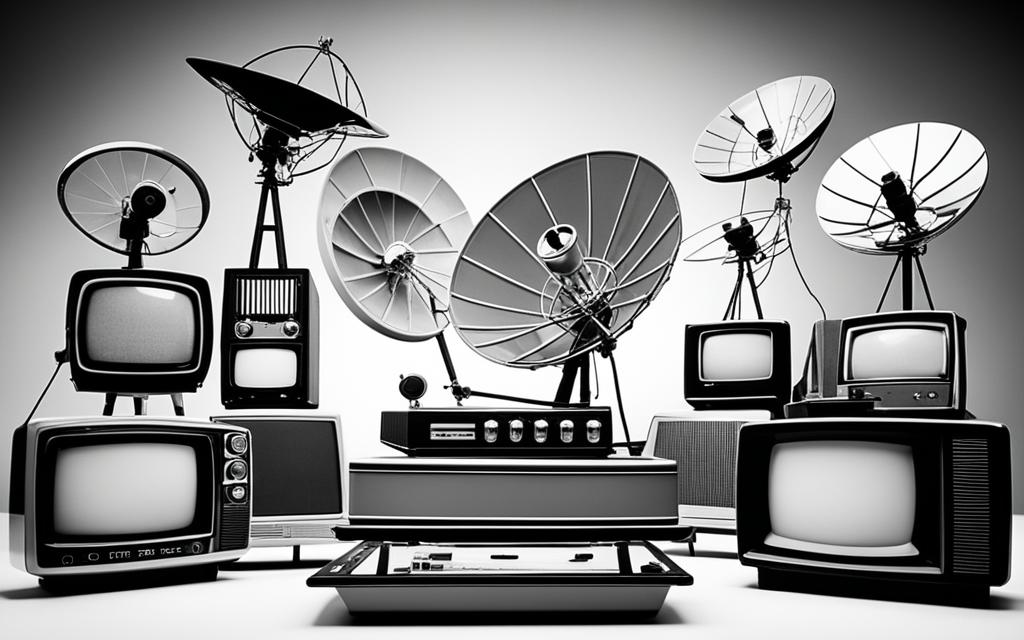












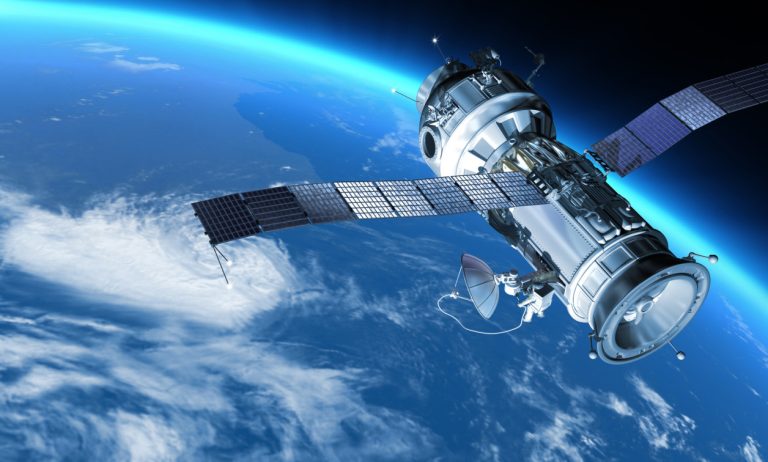
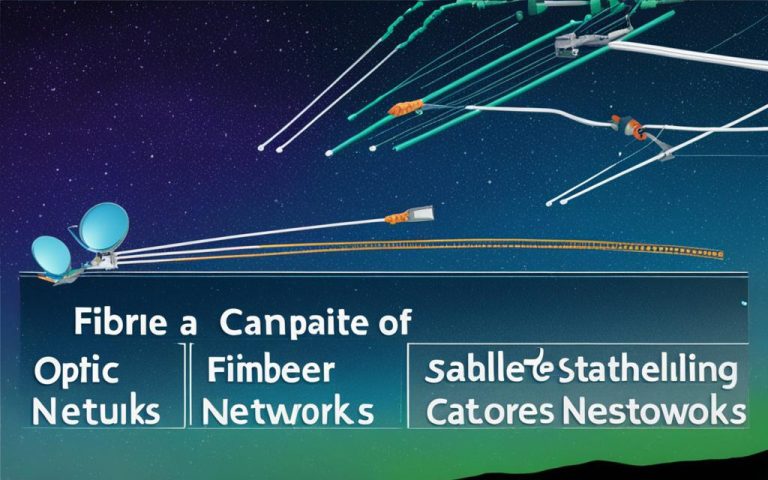
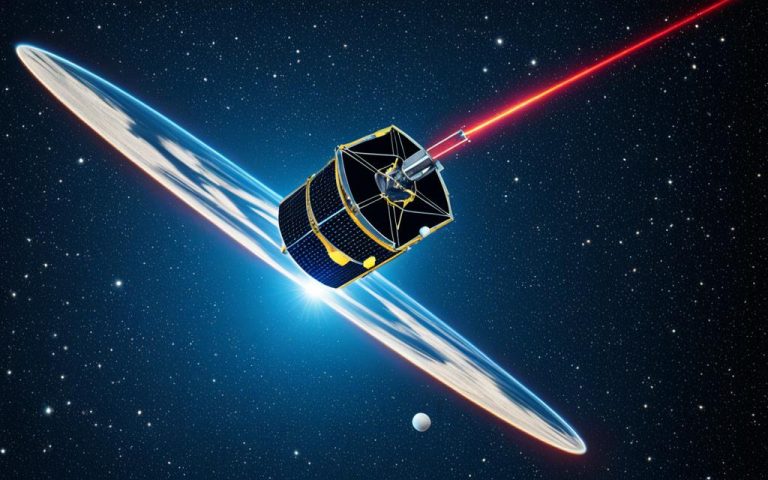



https://t.me/carteams_ru
Группа в телеграм по чип тюнингу
Помощь, обсуждение и решение сложных вопросов по чиптюнингу автомобилей
работа с оборудованием kess,ktag,pcmflasher,combiloader и др.
алибровка прошивок ЭБУ,удаление AdBlue, DPF, FAP, EGR,E2,Valvematic
тюнинг Stage1 Stage2
Вступайте https://t.me/carteams_ru
Калибровка прошивок ЭБУ на заказ
EGR,DPF,E2,VSA,SCR,ADblue,Stage1,Stage2
Заказ можно оформить
1)телеграмм https://t.me/carteams
2)Группа в ВК https://vk.com/autokursynew
цены
1)экология(евро2,ЕГР,ДПФ и пр.) от 1500р
2)тюн от 1500
3)тюн и экология от2000-2500